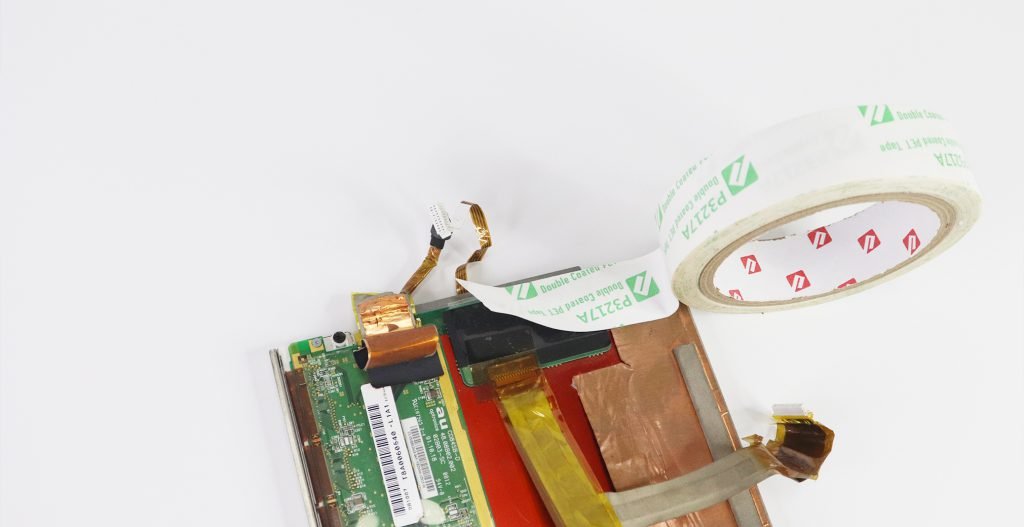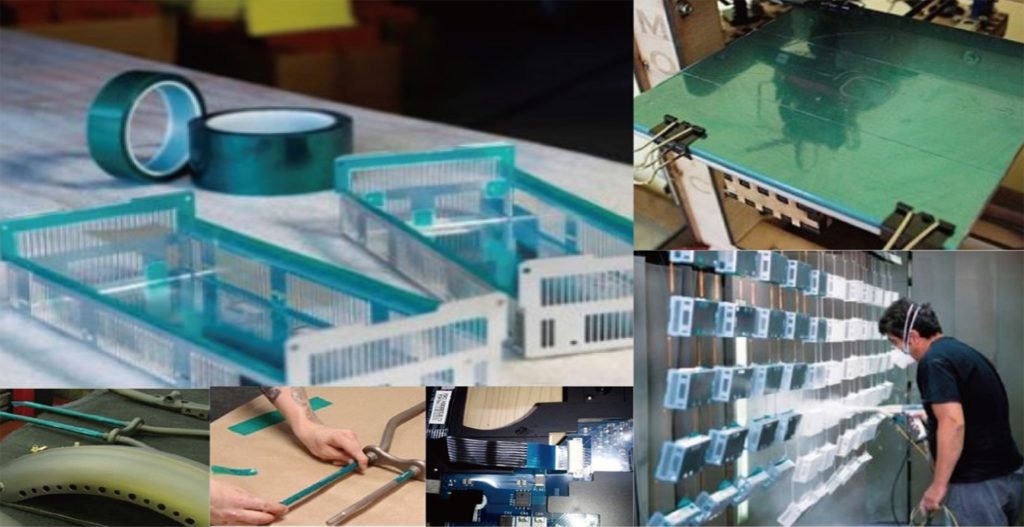In daily life and industrial production, whether it is used for packaging and fixing items, or as a temporary bonding tool. However, with so many tape products on the market, we are often confused as to which type of tape to choose.
Today, Yousan will provide an in-depth analysis of the differences between double-sided tape and single-sided tape to help you better choose the tape that suits you.

What is the basic difference between double-sided tape and single-sided tape?
Double-sided tape, as the name suggests, is characterized by being coated with adhesive on both sides, so it can bond two objects at the same time. This design makes the double-sided tape perform well in scenarios where two surfaces need to be bonded at the same time, such as photo walls, poster fixing, etc.
Single-sided tape has only one side coated with adhesive, and the other side is the backing material. Single-sided tape is mainly used for packaging or temporary fixing of objects and can be easily torn without any tools. After tearing, the adhesive’s appearance has no colloid residue, making it easy to clean.
Different usage scenarios of double-sided tape and single-sided tape
Double-sided tape: Due to its double-sided adhesive properties, double-sided tape is suitable for scenarios where two surfaces need to be bonded simultaneously. For example, in the office, we can use double-sided tape to fix photos, notes, etc. on the wall; in the home, double-sided tape can also be used to fix curtains, carpets, and other items. In addition, double-sided tape is also widely used in industrial production, such as the assembly of electronic products and the fixation of automobile interiors.
Single-sided tape: Single-sided tape is mainly used for packaging or temporary fixing of objects. For example, in the logistics industry, single-sided tape is widely used for sealing and fixing packages; in manual production, single-sided tape can also be used to stick paper, cloth and other materials. In addition, some easy-to-tear single-sided tape can also be used to temporarily secure wires, pipes, etc.

How to choose the tape product that suits you?
Advantages of double-sided tape
1.Double-sided bonding, saving time and steps: Double-sided tape can bond two surfaces at the same time without additional steps, thus greatly saving time and labor costs. In scenarios where two objects need to be fixed at the same time, double-sided tape can get the job done quickly.
2.Strong stability: Since both sides of the double-sided tape are coated with adhesive, its bonding effect is more stable. Whether it is heavy items or scenes that require long-term fixation, double-sided tape can provide reliable fixation.
3.Strong adaptability: Double-sided tape is suitable for various surface materials, including metal, plastic, glass, etc. At the same time, it can also maintain good adhesive properties under different temperature and humidity conditions.

Advantages of single-sided tape
1.Easy to use: Single-sided tape has a simple and clear way to use, just stick the side with adhesive on the object that needs to be fixed. No additional manipulation or skills required, perfect for quick fixes and temporary fixings.
2.Easy to clean: The single-sided tape will not leave any colloid residue after being torn off, making it easy to clean. This makes it even more advantageous in scenarios where objects need to be frequently replaced or moved.
3.Lower cost: Compared to double-sided tape, single-sided tape usually has a lower cost. For scenes that require a large amount of tape, choosing single-sided tape can control costs more effectively.

To sum up, when choosing tape products, we need to consider the following factors:
Usage scenarios: Clarify your usage scenarios and needs, and choose the appropriate double-sided tape or single-sided tape. For example, in scenes where two objects need to be fixed at the same time, double-sided tape is more advantageous; in scenes where quick fixing and temporary fixing are required, single-sided tape is more suitable.
Adhesion requirements: Choose the appropriate adhesive strength according to actual needs. If you need to fix heavy items for a long period of time, you can choose a tape with stronger adhesiveness; for temporary fixation or fixing of light items, a tape with weaker adhesiveness can meet the needs.
Material and environment: Consider the material of the object that needs to be fixed and the environment in which it is used. Objects made of different materials have different requirements for tapes. At the same time, environmental factors such as temperature and humidity will also affect the adhesive properties of tapes.












